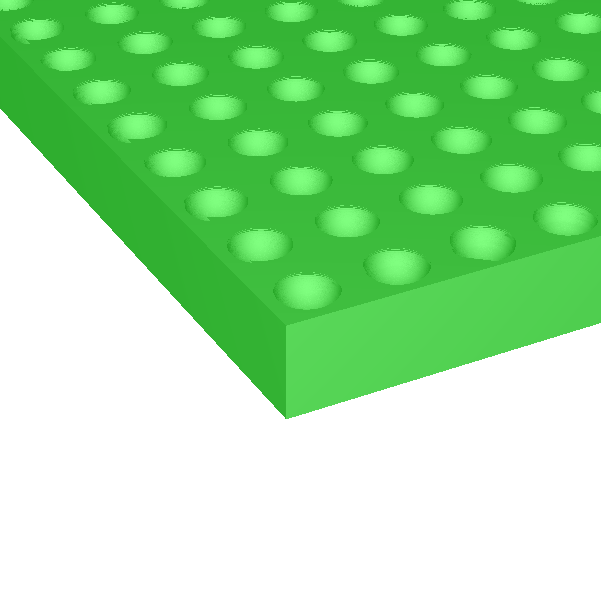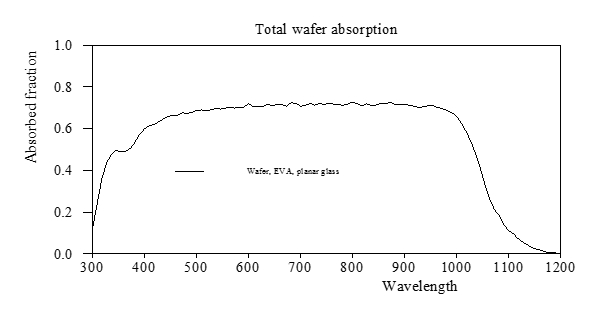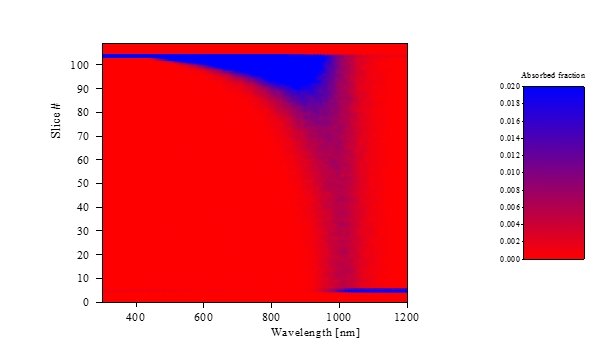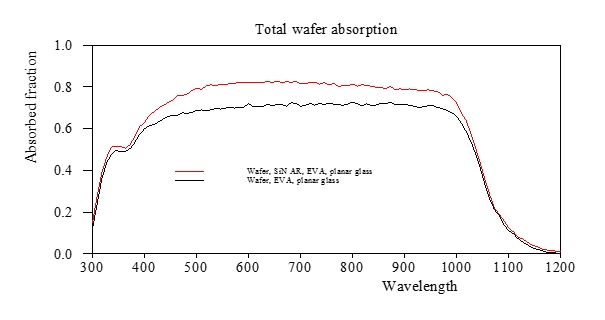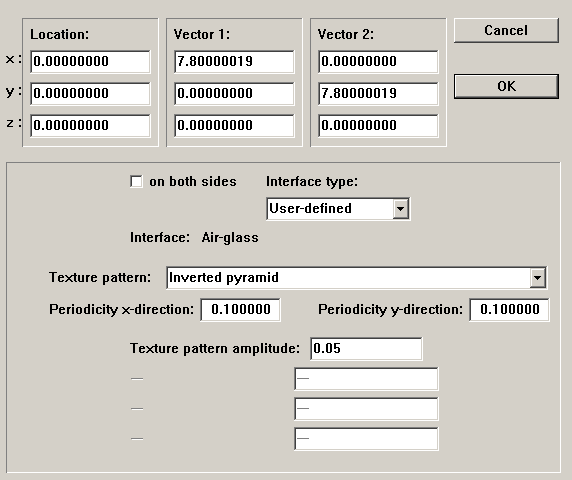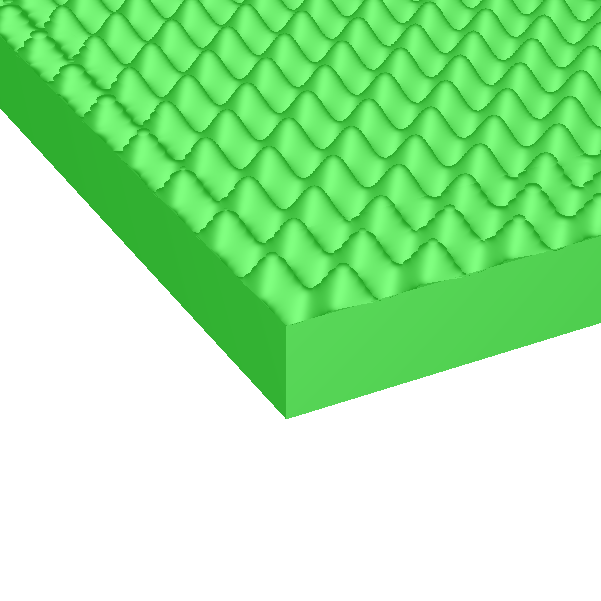We have modified the import and export routines for optical constants (n + i k) using the OceanOptics NanoCalc format.
Category Archives: SPRAY
Bug fix “List of susceptibilities”
The menu command File/Report produced a funny output in the workbook, but not the wanted list of susceptibility parameters. We have changed this feature back to the serious version of the output.
HASP dongle driver for Windows XP
If you would like to use our software on Windows XP and you have a dongle license, you can get the XP dongle driver using this link.
Bugfix Gervais oscillators
Using several Gervais oscillators at the same time eventually caused numerical problems. This has been fixed today – you can now really use all 10 oscillators which are offered by the “Gervais dialog”.
New version of Live.exe tool
A new version of live.exe is available here. The new version makes it very easy to migrate your software from one computer to another.
Copy live.exe to your program directory (like c:\my_software\code\) and start it. Click on the button ‘Generate backup folder’ – the program lets you select a destination in your network and then backups the complete program folder and your application data, including your passport file. You should execute this backup function from time to time to save your software package. The destination folder should not be on the same drive as your original installation.
In order to install the software on a new computer you must make the backup folder accessible for the new machine. Then start live.exe in the backup folder and click on ‘Install software on this computer’. This action will do the installation for you and your software should now run on the new PC.
Note the following exceptions:
- If your software is protected by a USB dongle you must install the dongle driver on the new machine first. The dongle driver is available here.
- If your software is protected by activation you need to obtain a new passport file from us.
SPRAY surface textures
SPRAY is a powerful tool to optimize the performance of solar cells. In order to simplify the modeling of crystaline silicon PV modules we have added an easy way to define macroscopic surface texture. This new feature can be used for both the covering glass and the Si wafer surface.
A PV module consists of a silicon wafer with top and backside contacts:
The wafer is embedded in EVA:
The EVA is covered by glass which gives mechanical strength and protection for the next 30 years. In order to maximize the generation of electric power one may introduce an
- anti-reflection (AR) layer between silicon and EVA
- AR layer between glass and air
- surface texture of the silicon wafer
- surface texture of the cover glass
- diffusely reflecting white backside
- low-absorptive cover glass
In order to find out how much the PV output is increased by these improvements one can perform realistic ray-tracing computations with SPRAY. This can save a lot of experimental work and costs. SPRAY performs 3D spectral ray-tracing and records where how much radiation is absorbed. It can, for example, output the spectrum of absorbed light in the wafer
as well as the spatial distribution of absorbed light:
The graph below shows a comparison of the absorbed fraction with and without a simple AR coating (a single SiN layer) between silicon and EVA:
The modeling of macroscopic surface textures is now much easier using the new object type ‘Periodic surface texture’. This is a rectangle with a regular surface pattern in the x- and y-direction. You can set the periodicities in both directions and select a pattern type. Depending on the type of texture you can set additional parameters in the object dialog:
The available textures are the following:
Sine profilePyramids
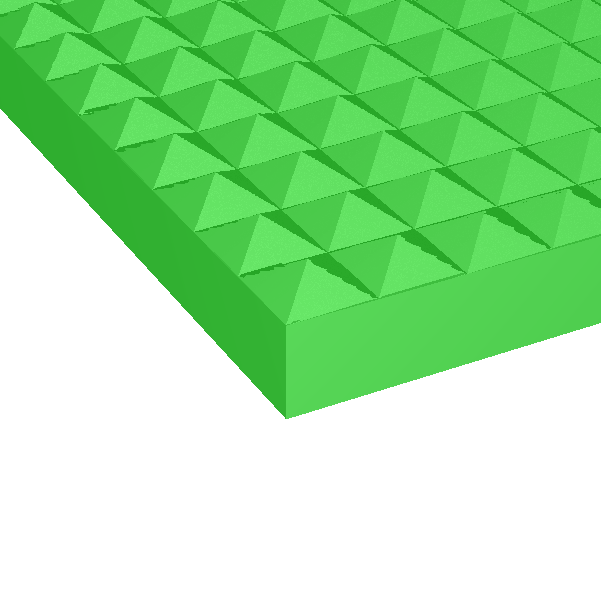 Inverted pyramids
Inverted pyramids
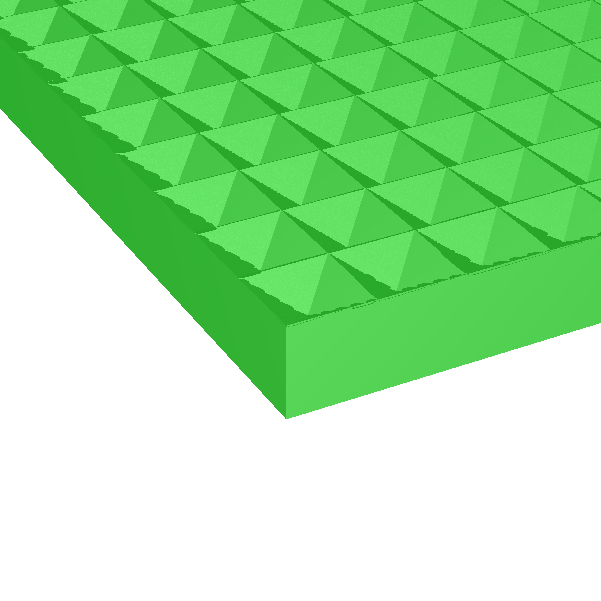 Cones
Cones
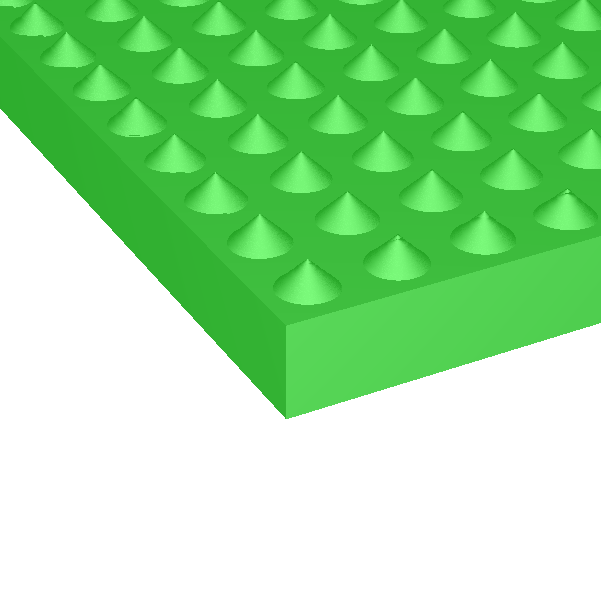 Inverted cones
Inverted cones
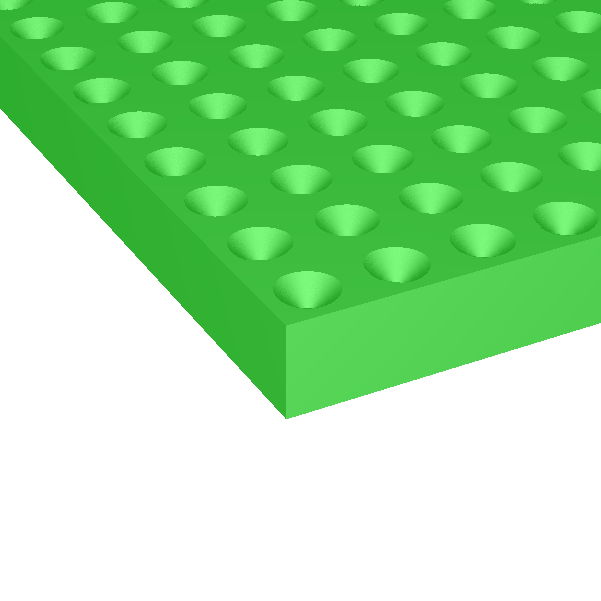 Half spheres
Half spheres
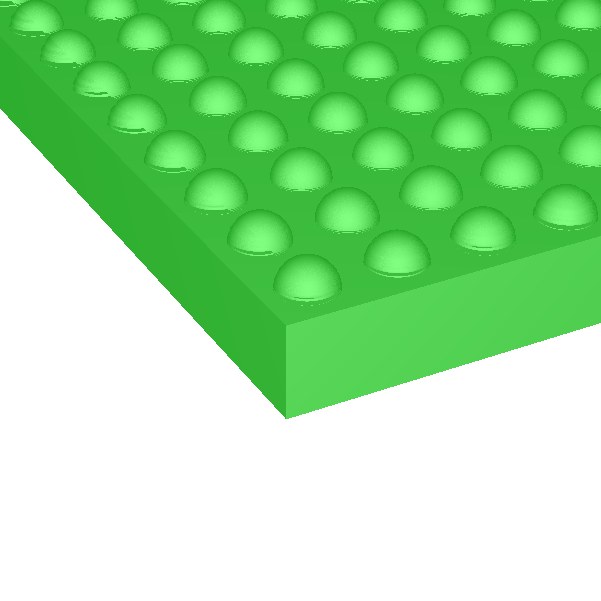 Inverted half spheres
Inverted half spheres
